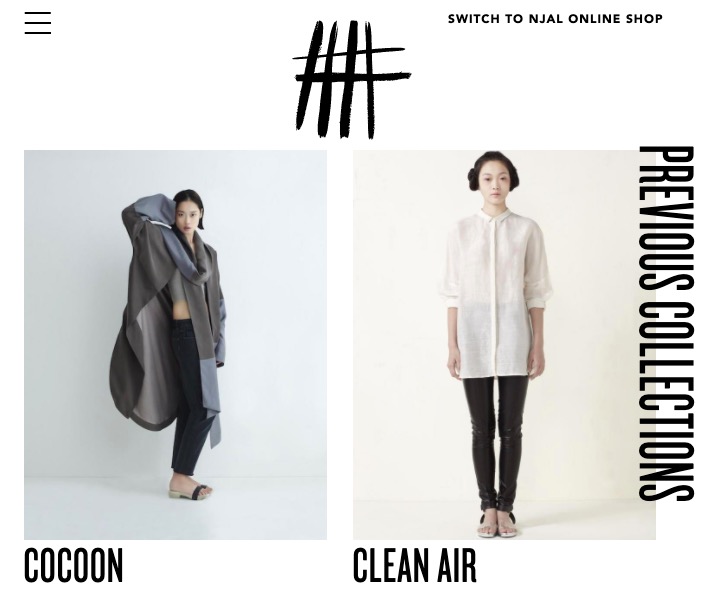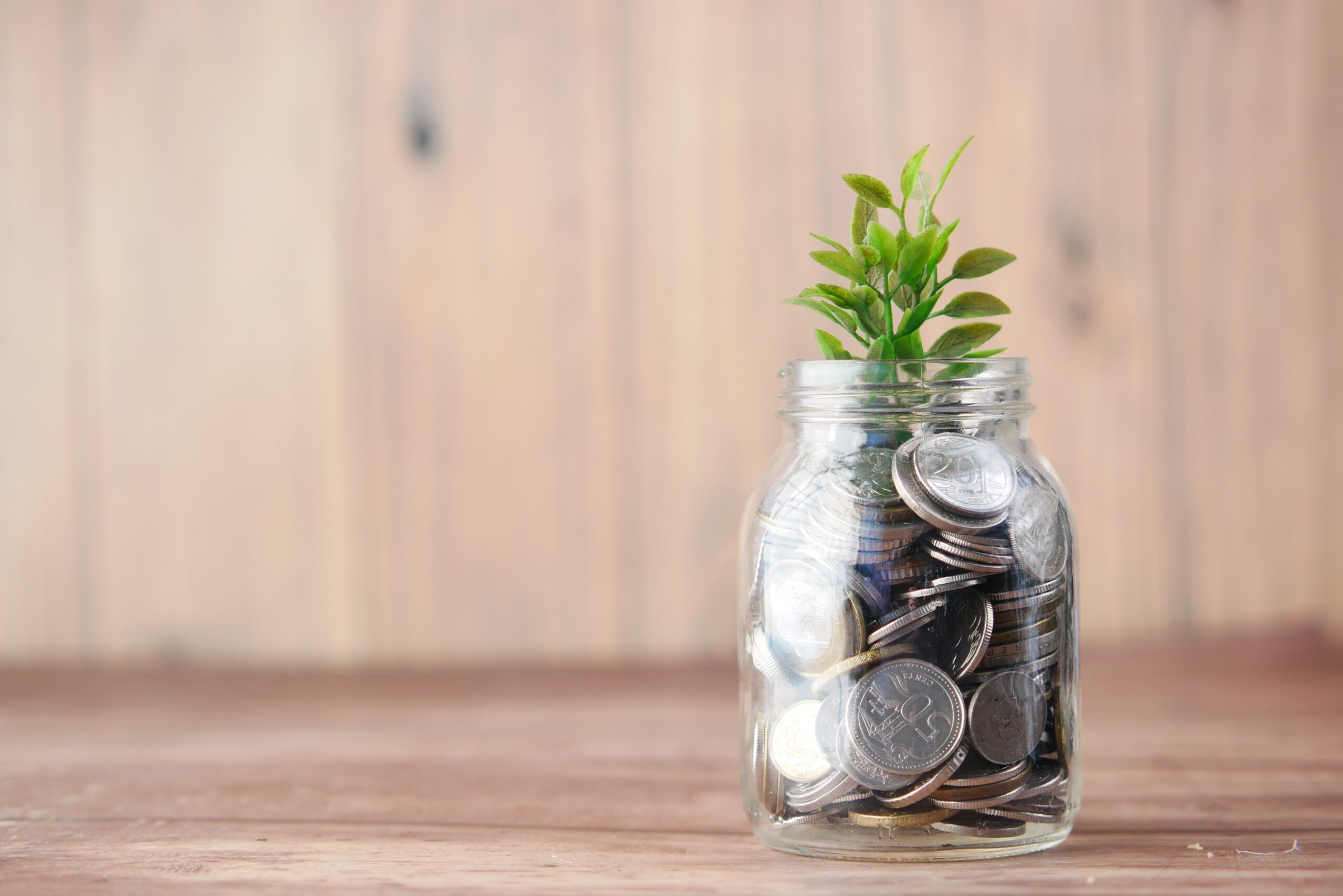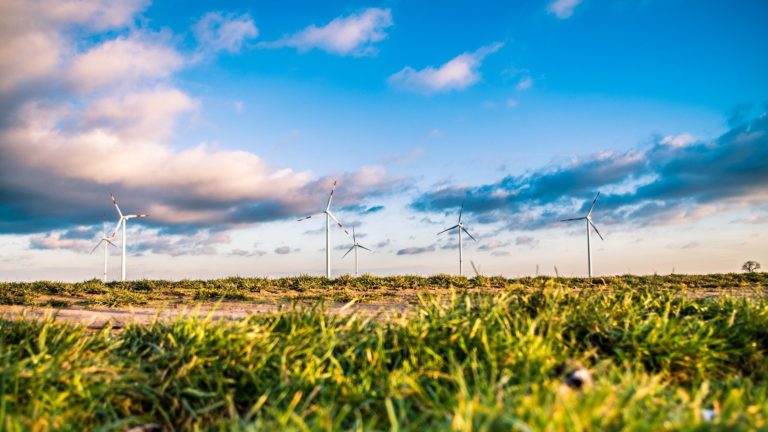The circular economy has been a widely discussed topic in China. However, although it is still the direction that China is aiming for, the country may most likely not implement dramatic policy changes in 2022. Stability is the top economic priority for 2022 as Xi Jinping is securing a third term in power and the government aims to build a strong economy amidst the Covid-19 pandemic. In 2021, China experienced an 8.1% gross domestic product growth. However, in Q4, it suffered the weakest growth it had experienced for about a year and a half with the worsening property sector, increasing energy consumption constraints, shipping disruptions, and decreasing domestic spending.
Although dramatic actions may not take place, foreign brands should still understand the circular economy in China and how it can influence their brands in the future.
What is the circular economy in China, and why does it matter?
The government is focusing on developing its circular economy with carefully laid out plans to maximize the use of resources and the lifecycle of products. In March 2021, the National People’s Congress (NPC) continued its efforts to achieve a circular economy in China by approving the 14th Five-Year Plan (2021-2025). The plan outlines the country’s efforts to develop in all aspects of its economy, environment, and society. It ultimately strives to realize its second centenary goal, which is to “build a modern socialist country that is prosperous, strong, democratic, culturally advanced and harmonious” by 2049 through “basically realizing socialist modernization” by 2035.
The circular economy in China is not a new concept. It has been widely discussed since the early 1900s, but it was not until 2008 when the National People’s Congress promoted the Circular Economy Promotion Law at the national level. Since then, the government has been taking initiatives to build a “greener” yet growing economy. This not only affects government-controlled activities like waste management but also business activities. The manufacturing sector may be significantly influenced. For example, the government hopes to “[reduce] energy consumption and water consumption per unit of GDP by 13.5% and 16%, respectively” from 2020 to 2025. This may result in limited or more costly energy and water consumption for brands that do their manufacturing in China. Although the impact is more focused on manufacturing, it may also affect other business activities including marketing and sales.
Does the circular economy in China benefit all “green” companies?
Although the government is continuing to favor policies to grow the circular economy in China, it does not necessarily mean that all “green” firms are likely to benefit. The Chinese government has pledged to peak China’s carbon dioxide emissions by 2030 and reach carbon neutrality by 2060. It has supported policies to make China the world leader in wind and solar energy. It has been a key stakeholder in promoting the consumption of green products in China. In 2017, the bike-sharing market was booming, and the government recognized its potential and allowed it to grow. Many companies who saw the opportunity joined the market.

Among one of the top companies in the sharing bike market in China was Mobike or Meituanbike (美团单车 in Chinese). However, there was an oversupply of bikes. The government stepped in and regulated the market as they had realized that the excessive underutilized bikes damaged the environment and crowded public spaces. In Beijing, there were about 70 different bike companies in 2017, but by 2019, the number had dropped to 10. Although the case focuses mostly on the Mobike, a Chinese brand, foreign brands should still care about it as they may experience similar cases where although they “go green”, the government’s intervention may not benefit – or in some cases, harm – their business.
What does the circular economy in China mean for apparel brands?
Among several industries, the apparel industry can illustrate the importance of understanding how the government’s efforts to build a circular economy can influence brands and how they operate their businesses.
Brands should understand their consumers demand environmental responsibility from them
Consumers are showing greater demand for more environmentally responsible brands. The Chinese apparel industry can be divided into two main groups: the luxury, high-end brands, such as Louis Vuitton (LV 路易威登) and Gucci (古驰), who prioritize quality and shopping experience; and the lower-end, mass-market brands, such as Uniqlo and Zara, who prioritize affordability and trendiness. Overall, consumers from both groups do not necessarily prioritize the environmental factors; however, they are still demanding ethical practices and responsible retailing.
Brands could consider entering the secondhand “green” market in the future
The secondhand stores may be “greener”; however, consumers do not necessarily prefer it – yet. China’s secondhand luxury market rose from about 5.9 billion RMB to 17.3 billion RMB between 2016 and 2020. However, although the luxury market was worth 4 trillion RMB in 2021, it only comprised 5% of the overall luxury market. The 14th Five-Year Plan also mentions efforts to promote a secondhand market. With the government’s efforts and the rising concern for the environment among consumers, firms may pay careful attention to it and take any necessary actions. For example, they may open their own secondhand stores or repair shops in the future if consumers are highly demanding luxury products.
Brands should put effort into innovative technology and sustainable clothing
With the growing environmental awareness among their consumers and the government, apparel brands in China should focus more on innovative technology and sustainable clothes. The 14th Five-Year Plan says that it will work to “promote the green design of key products, boost clean production in key industries, […] improve the level of processing and utilization of renewable sources.” Among the most used sustainable raw materials are linen and recycled nylon. A few of the sustainable fashion brands in China include NEEMIC, FAKE NATOO, and Shokay. Brands who consider its long-term sustainability in China could either benefit or avoid the consequences of going against the government’s efforts into the circular economy in China.


Key takeaways about the circular economy in China
- In 2022, stability is the top economic priority for China as Xi Jinping secures a third term in power and the government aims to build a strong economy as the country enters the third year of the Covid-19 pandemic.
- Dramatic policy changes regarding circular economy may not take place; however, foreign brands should still consider it in their future growth strategy in China.
- The circular economy in China aims to maximize resources and the lifecycle of products as the country aims to reach carbon neutrality by 2060. Changes related to may affect businesses at all levels, although it is currently influencing more the manufacturing sectors.
- “Green” companies do not necessarily benefit from the circular economy as illustrated by the bike sharing growth and decline for many companies.
- The circular economy in the apparel industry means foreign brands should understand that:
- Although consumers do not necessarily prefer environment-friendliness over quality, trendiness, or shopping experience, they still demand companies to be environment-friendly;
- They could find opportunities in the secondhand “green” markets in the future as consumers are showing greater concern for the environment;
- They should put more effort into developing innovative technology and sustainable clothing as there is an increasing number of sustainable fashion brands growing in the market.





